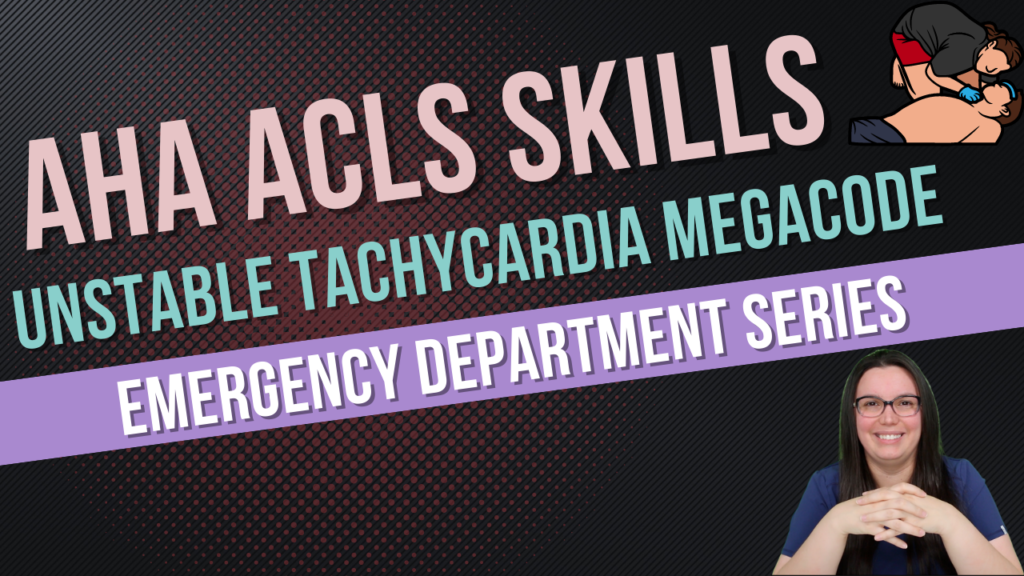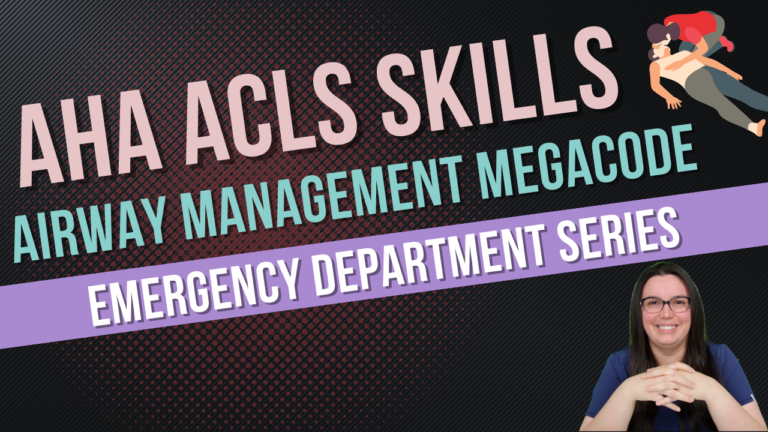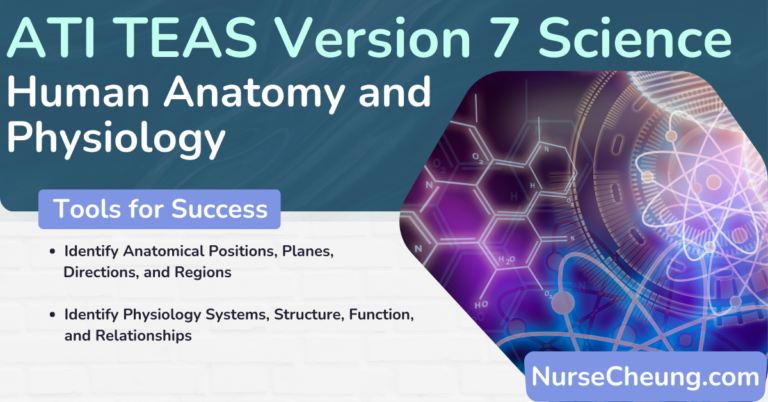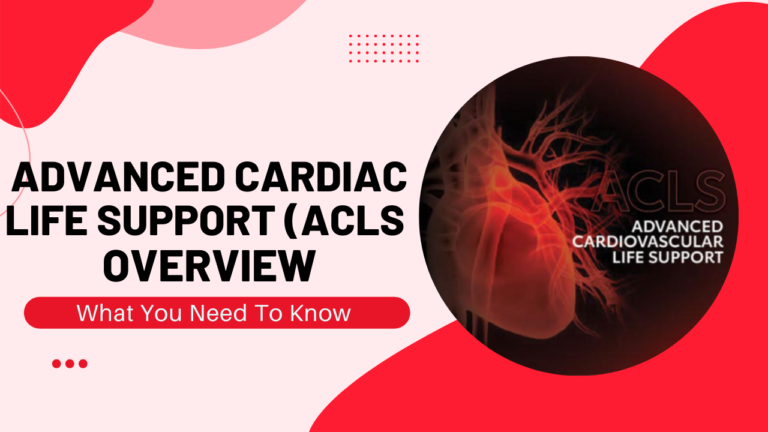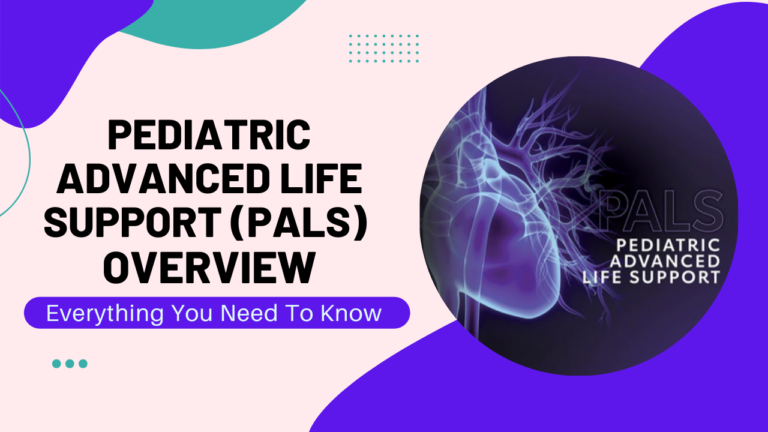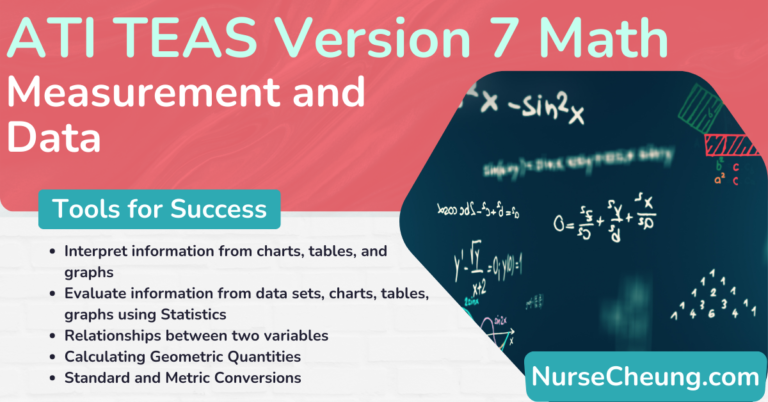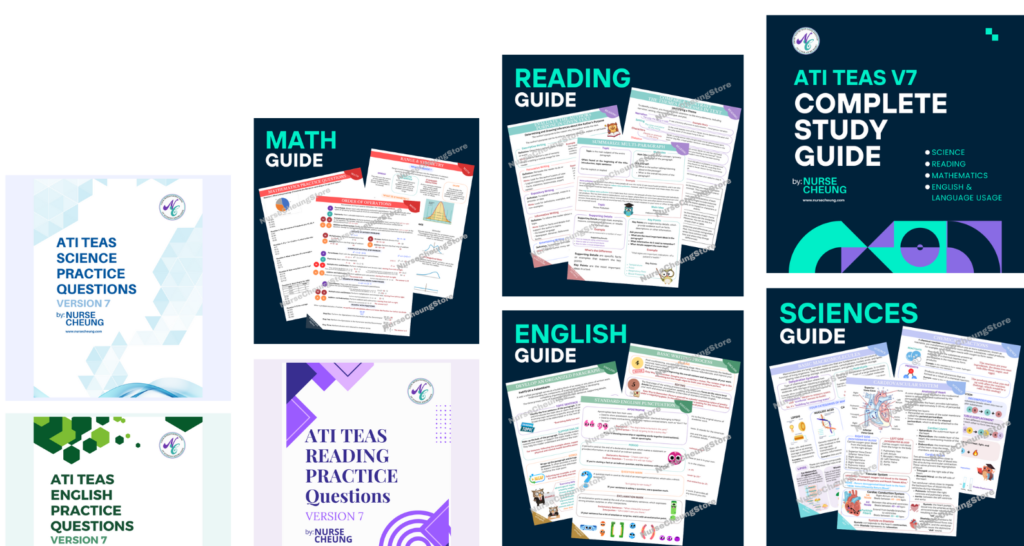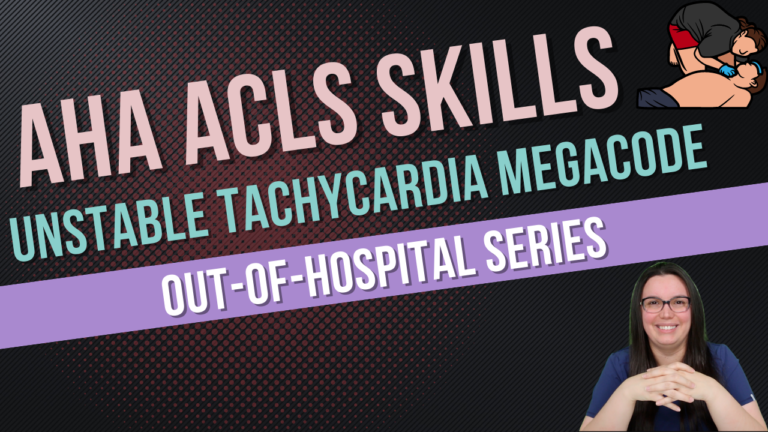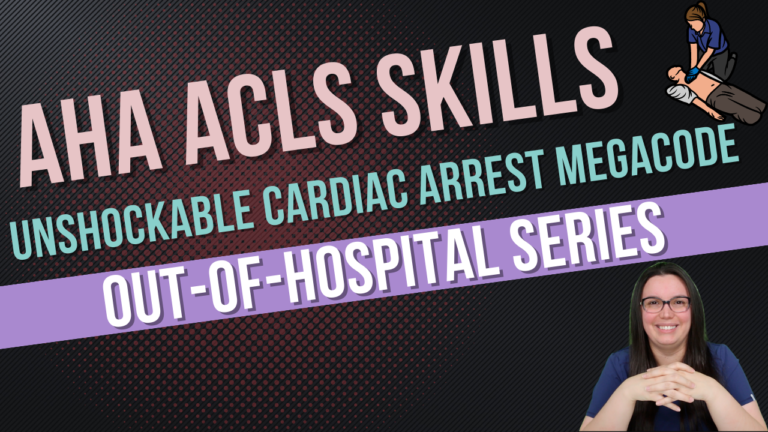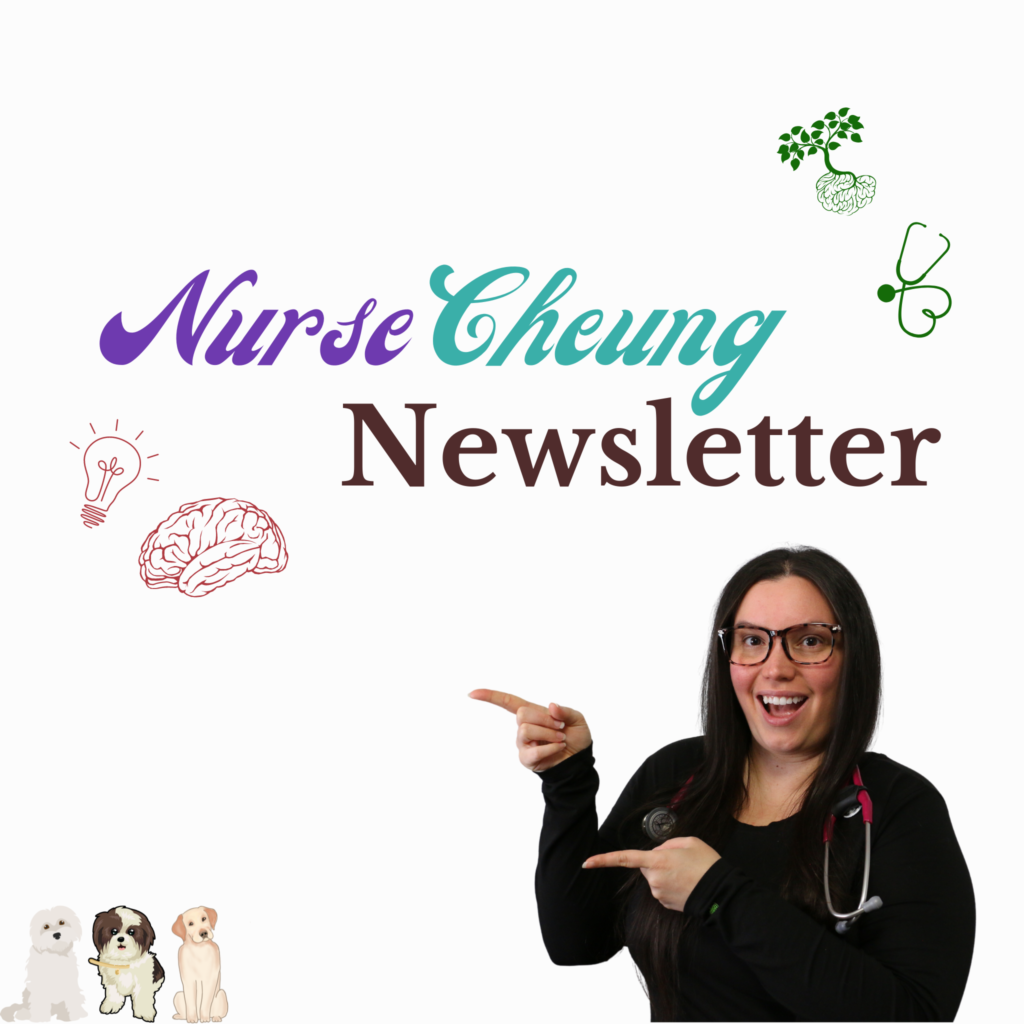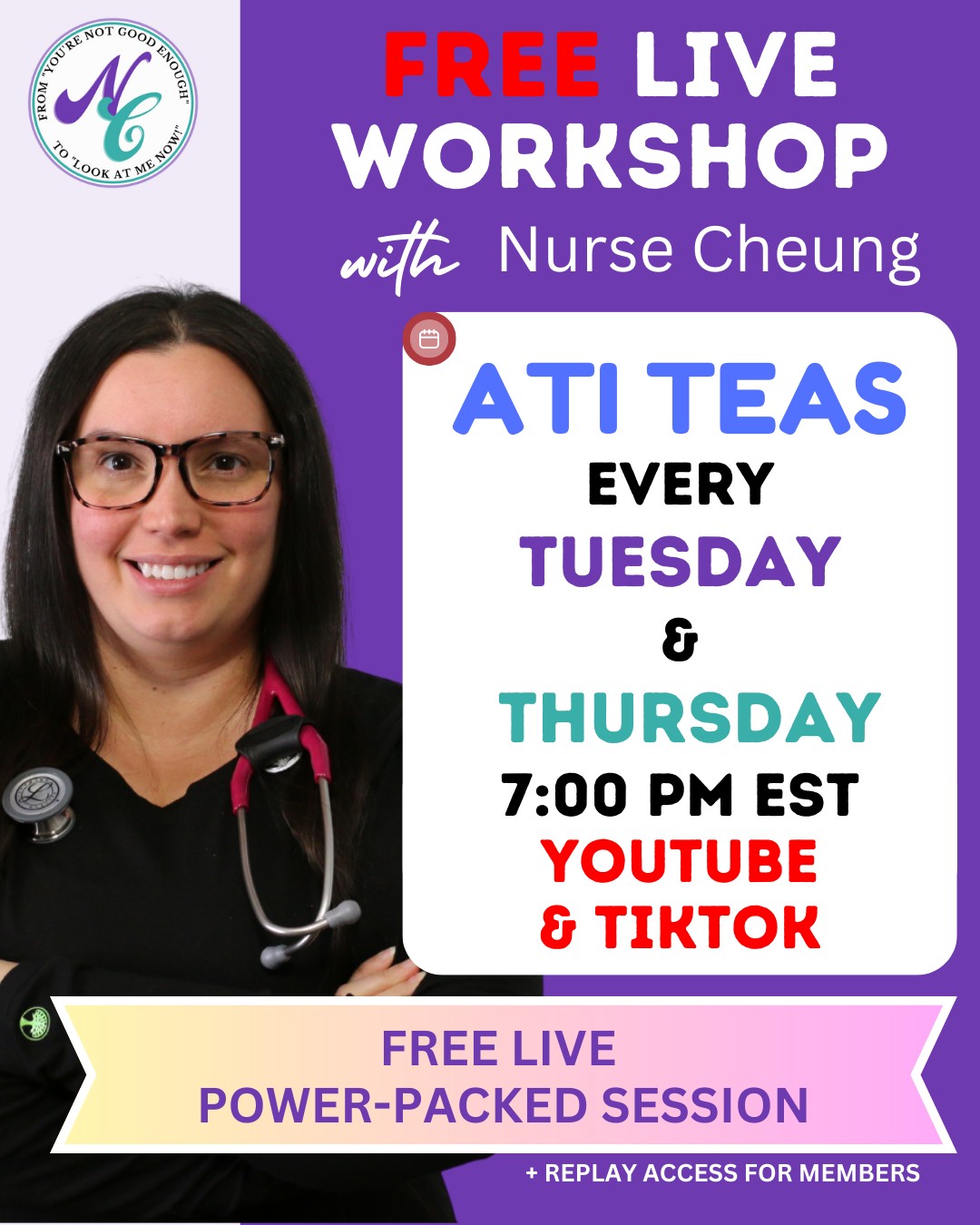ACLS or Advanced Cardiac Life Support is a set of clinical guidelines that are used to treat cardiac arrest and other life-threatening medical emergencies.
One of the most common arrhythmias that ACLS providers will encounter is unstable tachycardia.
In this blog post, we will discuss the most effective strategies for managing unstable tachycardia using the ACLS megacode.
Adult Emergency Department Unstable Tachycardia Megacode Scenario
The following is a scenario in which you would use the emergency department adult unstable tachycardia megacode:
You are working in the emergency department and are assessing a woman who has had multiple reports of syncopal episodes and palpitations.
Demonstrate what you would do next upon arrival
Initial Impression
The patient is a 32-year-old female lying down on the stretcher. She is anxious, pale, weak, and dizzy. She states these episodes have happened over the last few years but have become more frequent recently.
Primary Assessment Survey (A, B, C, D, E)
Airway: The airway is patent. The flow through the trachea is not impaired.
Breathing: Oxygenation is showing 96% on room air.
Circulation: Blood pressure is 84/60, heart rate is 160 bpm, the rhythm check shows narrow complex supraventricular tachycardia and the pulse is present.
Disability: The woman is alert but anxious and diaphoretic.
Exposure: No obvious signs of trauma, bleeding, burns, markings, or medical alert bracelet.
Change in Condition
After assessment of the initial impression and primary assessment, the patient’s palpitations become worse and she is short of breath.
What are your next actions?
- Check responsiveness: Tap the shoulders and shout, “Are you okay?” The woman responds but is becoming increasingly weak.
- Activate the emergency response system. Shout for backup and announce what room you are in.
- Check for breathing: Look for visible chest rising and falling. Breathing is rapid and present.
- Check for a pulse: Place your fingers on the inside of the patient’s neck, just below the angle of the jaw. You will palpate the carotid pulse for no more than 10 seconds. Pulse is present but fast.
What are your next actions?
Pulse and breathing are present so we will not begin CPR starting with compressions.
Unstable Tachycardia Algorithm
Identify and Treat the Underlying Cause
- Maintain patent airway, assist with breathing if necessary – Airway is patent and breathing is spontaneous
- Oxygen (if hypoxemic) – The woman is on 4LNC upon Primary Assessment
- Cardiac monitor, blood pressure, oximetry – narrow complex supraventricular tachycardia, BP 84/60, 94% on 4LNC
- IV Access – 20 gauge in the right and left antecubital
- 12-Lead ECG if available and doesn’t delay therapy – Not readily available
Persistent Tachyarrhythmia Causing
- Hypotension? – YES
- Acutely altered mental status? – NO
- Signs of shock (low blood pressure, altered mental status, cold moist skin, weak or rapid pulse, rapid breathing, decreased urine output) – YES
- Ischemic chest discomfort? – YES, the patient states chest discomfort from palpitations
- Acute heart failure (heavy breathing, suffocating sensation, struggle to breathe while lying down, tight chest, arrhythmia, cough, fluid retention, loss of consciousness)? – YES
Interventions
What interventions could you perform next?
- Synchronized Cardioversion – Consider sedation
If synchronized cardioversion is not effective or contraindicated:
- Adenosine IV – First dose 6mg rapid IV push followed by NS flush, Second dose 12 mg if required
Outcomes
Two attempts at synchronized cardioversion were performed successfully.
Rhythm is now normal sinus rhythm at 80 bpm.
Next steps for this patient:
- Labs – electrolytes and cardiac biomarkers
- Fluids
- Chest x-ray
- Cardiac Consultation
- Transfer to a higher level of care
You will begin the transfer to a higher level of care. Your scenario has concluded.


